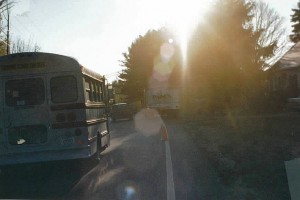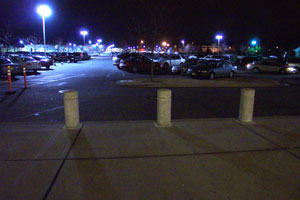A person’s interaction with his environment comes largely from visual cues. Without this information, a pedestrian can trip over an unseen object or a driver might not detect a dangerous situation. In order to avoid these hazards, a person requires adequate lighting and should be provided with appropriate illumination for a given task. Low light or sudden changes in light, such as glare, can disrupt vision and lead to an accident. Often the question arises as to whether a person could have, or should have, seen a particular object or event. Often, this can only be determined through analysis and testing of the existing lighting conditions.
Our engineers have been assisting attorneys and insurance representatives in investigating accidents since 1990. We have a highly qualified staff of engineers with advanced degrees from top-tier universities who have provided testimony on behalf of both plaintiffs and defendants at trial


